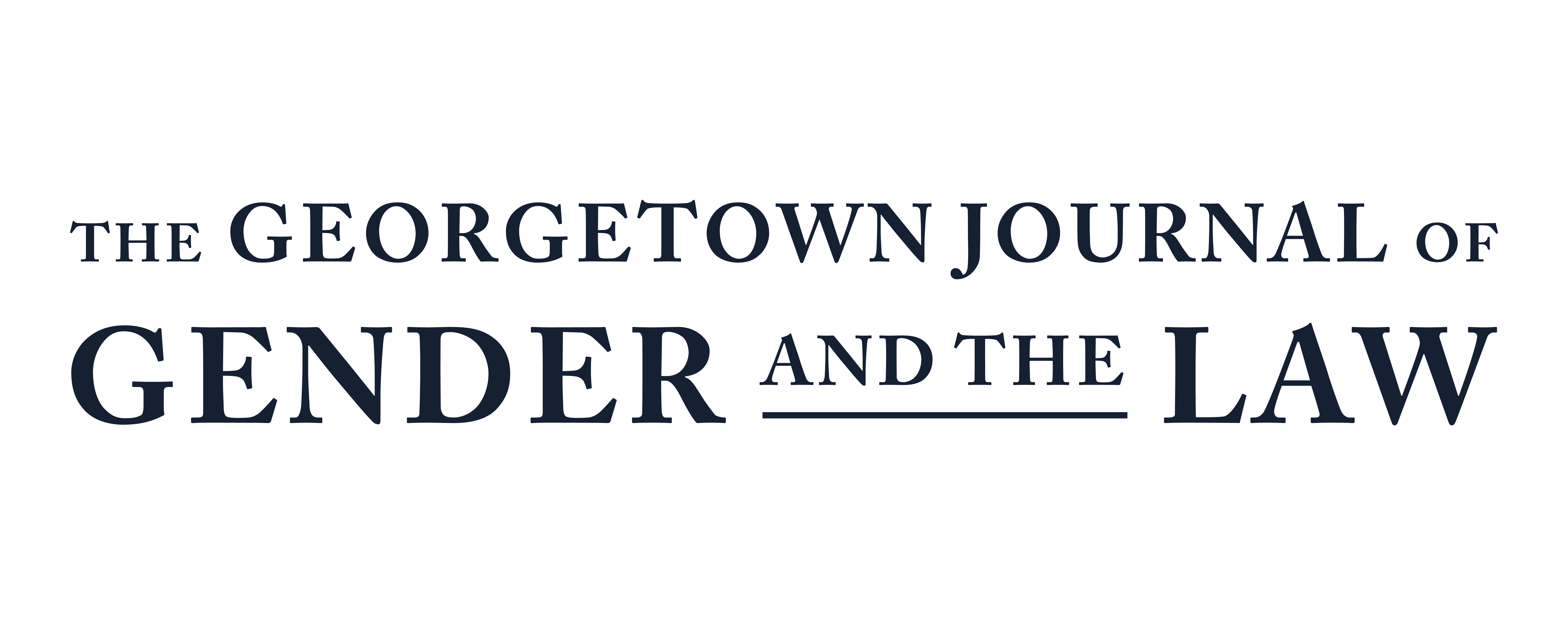Ending Extreme Sentencing is a Women's Rights Issue
The mass incarceration of women has increased by more than 700 percent in the last several decades. That is more than double the already staggering rate of incarceration for men during the same time period. This important trend is often obscured by discussions that focus more broadly on movement in the “total” prison population, which is predominately male. So, despite the unmitigated surge in women’s incarceration most recent reforms have primarily only reduced men’s population sizes. In concrete numbers, while both populations reached a peak nationally in 2009, in the following six years the number of incarcerated “men in state prisons fell more than 5% … while the number of women in state prisons fell only a fraction of a percent (.29%).” In fact, according to the nonpartisan Prison Policy Initiative, in “35 states, women’s population numbers have fared far worse than mens, and in a few extraordinary states, women’s prison populations have even grown enough to counteract reductions in the men’s population.”
More troubling still, women are being increasingly slapped with extreme sentences. Life without possibility of parole (LWOP) is a sentence given in which the convicted individual will remain in prison for the entirety of their natural life, and they will not have potential access to a conditional release before they die. In states that have abolished the death penalty, this is the most extreme sentence that can be imposed. This outrageous sentence of death in prison is supposedly reserved for, as prosecutors often quip, “the worst of the worst.” However, between 2008 to 2020, the “number of women serving sentences of life without possibility of parole soared [by] 43%,” which is greatly disproportionate to the “overall 2% increase in women imprisoned for violent crime” during that same period. Like with total prison populations, the population of women serving life without parole has increased substantially and much faster than men serving the same sentence.
The leading reasons women find themselves sentenced to die in prison differ greatly from the reasons men wind up in the same position. Recent research suggests that gender-based stigmas and patriarchal views of femininity greatly affect women’s court outcomes for the worse. Critically, there has also been an increase in mandatory minimum laws that “require equally harsh punishments whether an offender is a major or minor participant in the crime.” Women who end up sentenced under these mandatory minimum laws are quite often victims of abuse and coercion who were only minor participants in the underlying crime. Ultimately, these mandatory minimum laws often end up harshly punishing abuse victims who never intended to commit a crime. At worst, these mandatory minimums—like felony murder—result in women being sentenced to die in prison when they never even pulled a trigger.

